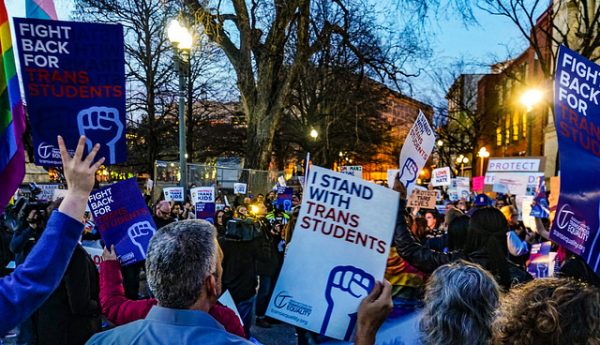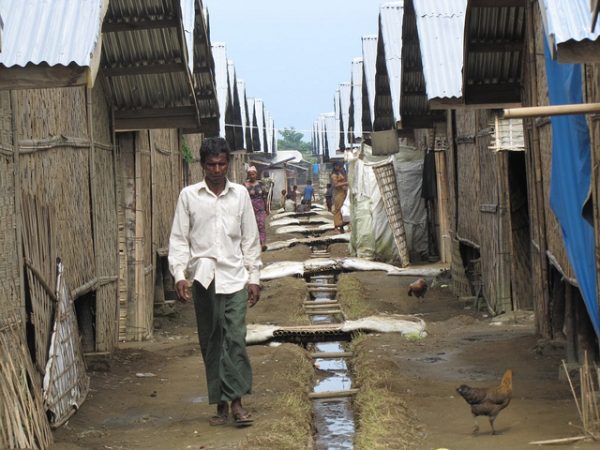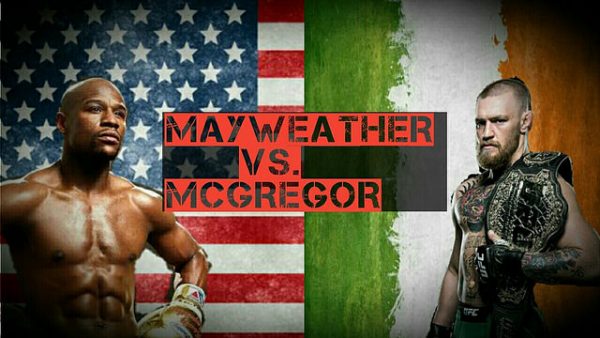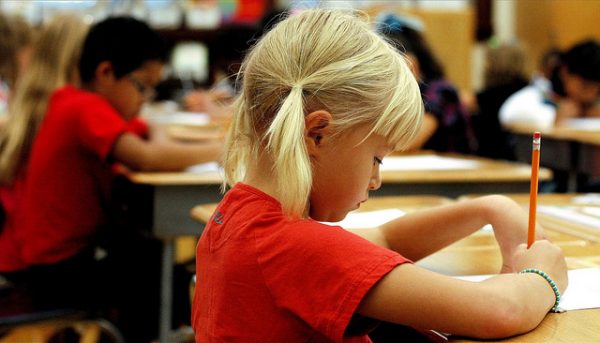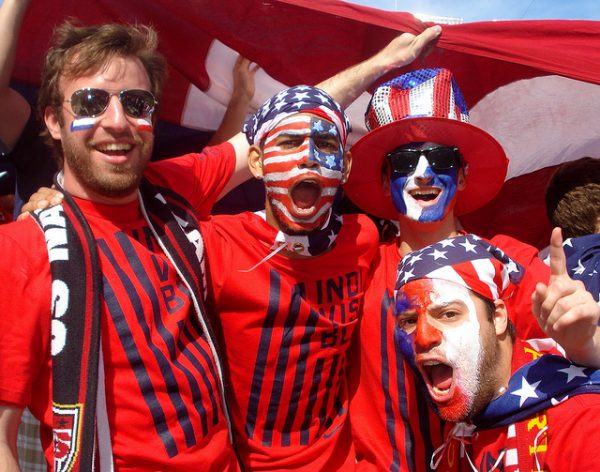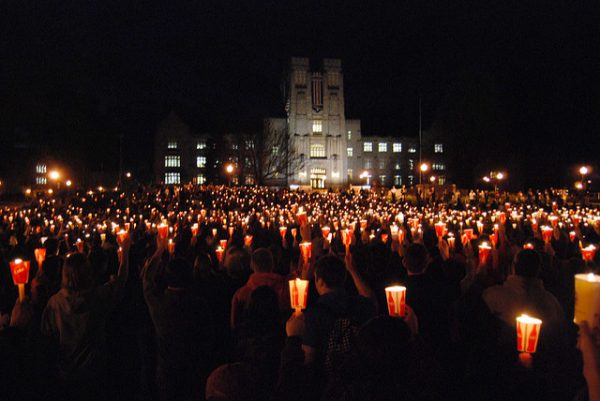
The nation remains in mourning as we struggle to make sense of this week’s tragedy in Las Vegas, where 59 people were killed and over 500 wounded. Many are referring to the attack as the “deadliest shooting in modern US history.” Through their grief and shock, some now question how local law enforcement, politicians, and news media outlets will characterize the shooter, a middle-aged white man, who, according to family members and the early stages of the investigation, had no known ties to religious or political groups. Investigative authorities link terrorism to violent acts, the motives behind those acts, and affiliation with known terrorist organizations. Yet, several activists have argued that the media’s characterization of mass shooters depends upon their race, ethnicity, and religious beliefs, noting that “Whiteness, somehow, protects men from being labeled terrorists.” Examining the role of media discourse regarding mass killings might help us make sense of these acts of violence.
Mass shootings have been covered extensively by the U.S. media since the late 1990s Columbine shooting. What began as a focus on the two perpetrators and 11 victims developed into a moral panic regarding youth delinquency, mental illness, discipline, and even terrorism. Yet, the media does not treat all mass shootings equally — several factors come into play, including the availability of iconic images, media access, and the race and socioeconomic status of the perpetrator. Shootings that occur in seemingly quiet suburbs by white youth are more shocking because the perpetrators and victims are considered to be “people like us.” In contrast, shootings where the perpetrators are persons of color or reside in working-class neighborhoods produce less shock, as news producers and consumers presume that violence is somehow normal or inherent to those communities.
- David L. Altheide. 2009. “The Columbine Shootings and the Discourse of Fear.” American Behavioral Scientist 52(10): 1354-1370.
- Patricia Leavy and Kathryn P. Maloney. 2009. “American Reporting of School Violence and ‘People Like Us’: A Comparison of Newspaper Coverage of the Columbine and Red Lake School Shootings.” Critical Sociology 35(2): 273–292.
One comparative study defined mass shootings as “homicide offenses that require firearms as the weapon of attack, and they often end in the offender’s suicide or orchestration of ‘suicide by cop’.” By this definition, the U.S. has likely had more public mass shootings than other comparable nations over the past 50 years. Mass shootings are more likely to take place in countries with higher levels of gun ownership and, in the case of school shootings, have been linked to aggressive performances of masculinity by predominantly young, white, suburban students. While mass shootings frequently involve multiple casualties, authorities rarely refer to such acts as terrorism — the designation of “terrorist” is generally reserved for “foreign-based terrorist organizations.”
- Adam Lankford. 2016. “Public Mass Shooters and Firearms: A Cross-National Study of 171 Countries.” Violence and Victims 31(2): 187-199.
- Rachel Kalish and Michael Kimmel. 2010. “Suicide by Mass Murder: Masculinity, Aggrieved Entitlement, and Rampage School Shootings.” Health Sociology Review 19(4): 451-464.
- Austin T. Turk. 2004. “Sociology of Terrorism.” Annual Review of Sociology 30(1): 271-286.
One concern about the coverage of such events is that the publicity and sensationalization surrounding mass killings may inspire other “copycat” crimes. Potential mass killers may use media reporting as a way to create a fictive bond with other mass murderers as a “comradery-focused fantasy.” Seung-Hui Cho, for example, idolized Dylan Klebold and Eric Harris (Columbine shooters) for several years, before carrying out his own deadly attack at Virginia Tech. Other potential mass murderers intensely scour news clippings of prior mass killings to find the perpetrators’ weaknesses and compete with them. Before killing 20 children and 6 adults at Sandy Hook Elementary School, shooter Adam Lanza’s correspondence illustrates that he critiqued James Holmes, the Aurora movie theater shooter, for what he saw as a weak effort to murder multiple people.
- Jennifer L. Murray. 2017. “Mass Media Reporting and Enabling of Mass Shootings.” Cultural Studies ↔ Critical Methodologies 17(2): 114-124.
- Sherry Towers, Andres Gomez-Lievano, Maryam Khan, Anuj Mubayi, and Carlos Castillo-Chavez. 2015. “Contagion in Mass Killings and School Shootings.” Published: July 2, 2015 https://doi.org/10.1371/journal.pone.0117259.



